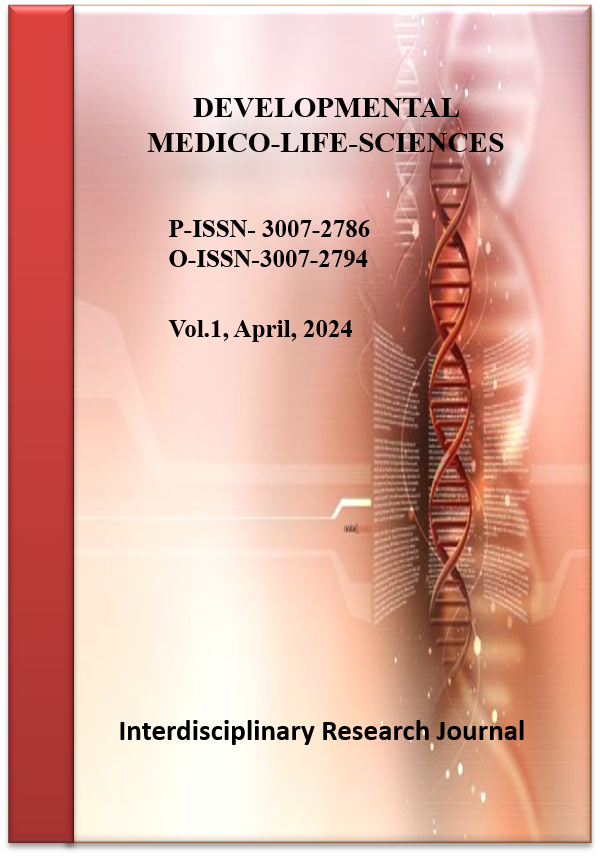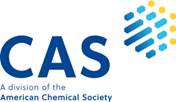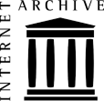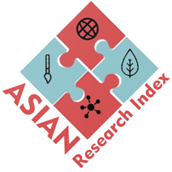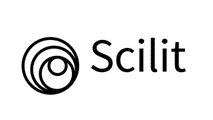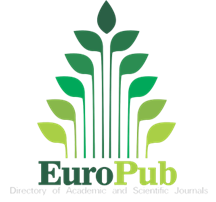Integrative Approaches in the Management of Diabetic Foot Ulcers: A Comparative Study of Conventional and Alternative Therapies
Integrative Approaches in Diabetic Foot Ulcer Therapy
DOI:
https://doi.org/10.69750/dmls.01.02.027Keywords:
Diabetic Foot Ulcers, Integrative Treatment, Conventional Therapy, Alternative Therapies, Herbal Remedies, Phototherapy, Acupuncture, Wound Healing, Patient SatisfactionAbstract
Background: Diabetic foot ulcers (DFUs) can be considered as some adverse outcomes of diabetes, associated with high rates of morbidity and recurrent nature even with the usage of the existing standard therapies.
Objective: the goal of understanding more about the efficacy of conventional treatments aimed at treating DFUs to integrative treatment plans that feature conventional and CAM therapies.
Methodology: 200 participants with stage 2 or 3 DFUs were enrolled in this study, of which 90 were assigned to conventional treatment only and the others were given other treatment modalities. Statistical analysis was performed using SPSS software. Continuous variables were compared using t-tests or ANOVA, while categorical variables were analysed with Chi-square tests. Kaplan-Meier curves were used to analyse time-to-healing, and a log-rank test was performed to compare curves across treatment groups.
Results: Integration treatment, significantly higher rates of healing and significantly lower rates of infection compared with conventional treatment only. The phototherapy group had the overall successful healing rate of 85%, and infection rate of 15% was recorded. The herbal remedies had a healing rate of 80% percent, and an infection rate of twenty percent. After the study had been performed, it was noted that while 75% of the patients in the acupuncture group were healed; 25% developed infection. There was an improvement in the conventional therapy group heeling rate of (60%) and infection rate of (30%).
Conclusion: Integration results in enhanced healing and patient satisfaction Democratic foot ulcers implemented as integrative types of treatment that include both the traditional approaches and complementary therapies. These findings could indicate potential approaches by implementing these approaches into routine care practices.
Downloads
References
Shindhe PS, Kale AP, Killedar RS. Integrative management of diabetic foot ulcers: A case series. J Ayurveda Integr Med. 2023;14(5):100770.
Kumar S, Bharali A, Sarma H, Kushari S, Gam S, Hazarika I, et al. Traditional complementary and alternative medicine (TCAM) for diabetic foot ulcer management: A systematic review. J Ayurveda Integr Med. 2023;14(4):100745.
Rayate AS, Nagoba BS, Mumbre SS, Mavani HB, Gavkare AM, Deshpande AS. Current scenario of traditional medicines in management of diabetic foot ulcers: A review. World J Diabetes. 2023;14(1):1–7.
Ramirez-Acuña JM, Cardenas-Cadena SA, Marquez-Salas PA, Garza-Veloz I, Perez-Favila A, Cid-Baez MA, et al. Diabetic foot ulcers: Current advances in antimicrobial therapies and emerging treatments. Antibiotics (Basel). 2019;8(4):193.
Hajtalebi H, Khani-Iurigh H, Hajtalebi HR. Treatment of diabetic foot ulcer in a 58-year-old Turkman patient based on Iranian traditional medicine. Tradit Integr Med. 2016;151–9.
Beckmann KH, Meyer-Hamme G, Schröder S. Low-level laser therapy for the treatment of diabetic foot ulcers: A critical survey. Evid Based Complement Alternat Med. 2014;2014:1–8.
Saeed H, Al-Athari AJH, Elgendy MO. Effect of Chinese herbal medicine as an adjunctive technique to standard treatment for people with diabetic foot ulcers: A meta-analysis. Al-Mustaqbal J Pharm Med Sci. 2023;1(1).
Nittur A, Pavan B, Ganapathy R, Dorai VK, Singhal S. Pranic healing as a complementary therapy in diabetic foot ulcer management: A randomized, controlled, double-blind trial. Glob Adv Integr Med Health. 2023;12:27536130231183429.
Ponnam HB. Facilitating healing in diabetic foot ulcers using homeopathy in a multi-disciplinary integrative approach: Two evidence-based case reports. Homeopathy. 2024.
Bhandari M, Rao PN, Gupta BJ, Gudasi D. An integrated approach for the management of diabetic foot ulcer: A case report. J Complement Integr Med. 2019;16(3):20180126.
Salih ME, Alrizqi H, Hussain M, Alshumrani A, Alhasani I, Alkhamisi A, et al. Use of topical complementary and alternative medicines in diabetic septic foot disease in Makkah region: An exploratory study. J Biosci Med. 2024;12(3):245–58.
Sari Y, Purnawan I, Kurniawan DW, Sutrisna E. Comparative study of Nigella sativa oil gel and Aloe vera gel on wound healing in diabetic rats. J Evid Based Integr Med. 2018;23:2515690X18772804.
Wang Y, Cao HJ, Wang LQ, Lu CL, Yan YQ, Lu H, et al. Effects of Chinese herbal medicines for treating diabetic foot ulcers: A systematic review of 49 randomized controlled trials. Complement Ther Med. 2019;44:32–43.
Hajtalebi H, Khani IH, Hajtalebi HR. Treatment of diabetic foot ulcer in a 74-year-old female patient based on Iranian traditional medicine in Bojnurd: Case report. 2017.
Jayalakshmi MS, Thenmozhi P, Vijayaraghavan R. Plant leaves extract irrigation on wound healing in diabetic foot ulcers. Evid Based Complement Alternat Med. 2021;2021:1–9.
Shuo C, Jianwei M, Limei X, Tianhui N, Jing D, Wenjun L, et al. Safety and effectiveness of traditional Chinese medicinal herbs for diabetic foot: A systematic review and meta-analysis. J Tradit Chin Med. 2017;37(6):735–45.
Newre AB, Jejurkar AS, Pagar AS, Gavali AS, Kawde RM. Comparative study of diabetic treatment: Allopathy vs Ayurveda. Int J Pharm Sci. 2023;1(10):1–5.
Patton D, Avsar P, Wilson P, Mairghani M, O'Connor T, Nugent L, et al. Treatment of diabetic foot ulcers: Review of the literature regarding the TIME clinical decision support tool. J Wound Care. 2022;31(9):771–9.
Wante M, Tejasvi K, Rawat I. Cost-effective treatment in diabetes mellitus: Comparative study of superoxidised solution versus povidone-iodine. J Pharm Negat Results. 2022;8737–45.
Hussain Z, Thu HE, Shuid AN, Katas H, Hussain F. Recent advances in polymer-based wound dressings for the treatment of diabetic foot ulcer: Overview of state-of-the-art. Curr Drug Targets. 2018;19(5):527–50.
Shahid MN, Munir M, Raza H, Waheed A, Ashraf H, Javed U, et al. Management of type-2 diabetes in our population with nutrition and dietetics: A cross-sectional clinical study. Pak J Med Health Sci. 2023;17(3):591–602
